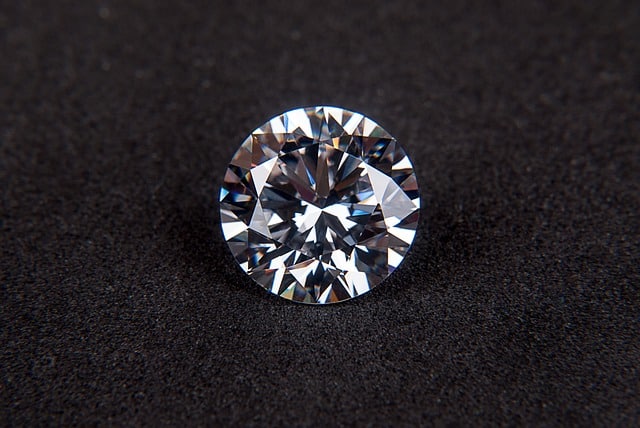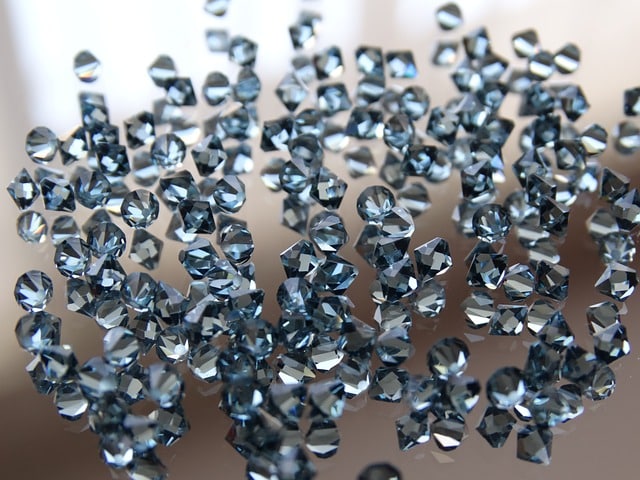
Zirconium or zirconia is a transition metal.
Zirconium is a term that the dictionary of the Royal Spanish Academy ( RAE ) also accepts as zirconium . Its etymology refers to the scientific Latin zirconium , which in turn is formed with two words: the English zircon (translatable as “zircon” ) and the Latin ending -ium (in our language, “-io” ).
Zirconium is a metal whose symbol is Zr and its atomic number is 40 . It can be obtained from different minerals; among them, zircon (hence its name).
Discovery of zirconium
The German chemist Martin Heinrich Klaproth ( 1743 – 1817 ) went down in history as the discoverer of zirconium. This scientist, in 1798 , was able to detect the existence of this chemical element in the aforementioned zircon.
Klaproth , however, was unable to obtain it in its pure state or isolate it. The person who was able to isolate zirconium, although impure, was the Swede Jöns Jacob Berzelius ( 1779 – 1848 ) in 1824 . Then a century would pass until the advancement of science made it possible to know the atomic mass of this transition metal.
Main features
Zirconium has a grayish or black color. At room temperature, it is in a solid state .
It is a refractory material with good resistance to corrosion and mechanics. On the contrary, it is not efficient for conducting electricity .
It is interesting to note that zirconium does not have a widespread presence in our planet 's crust. It is usually found as a silicate : that is, as a salt of silicic acid.

Zirconium oxide, known as zirconia, is used in jewelry.
Uses of zirconium
The nuclear industry usually uses zirconium in its reactors. It should be noted that these devices make the controlled generation of a nuclear reaction possible; Zirconium, in this framework, is used since its neutron capture is limited.
Since it is a refractory element, zirconium is also used in the production of glass and ceramics and to coat ovens. As an additive, on the other hand, it is used to obtain synthetic sand and to increase the resistance of steel .
Zirconium also appears in artifacts linked to lighting and electrical use. It is included in thermionic valves (which, by appealing to the displacement of electrons at low pressure, promote the modification or amplification of an electrical signal) and incandescent lamps .
Its importance in jewelry
Zirconium oxide , called zirconia or zirconia , is displayed in different jewelry items. This precious stone of artificial origin, due to its appearance, resembles a diamond .
This synthetic gem stands out for its luminosity, shine and resistance. It is cheaper than diamond, although less hard.
There are several procedures to differentiate between zirconium oxide and diamond. One of the simplest mechanisms is to take two stones of the same size and weigh them: diamond is less heavy than zirconia because its density is lower.
Rings, earrings and bracelets are just some of the products that are often embellished with zirconium oxide. This stone can be combined with silver and gold in this type of creations and designs.
